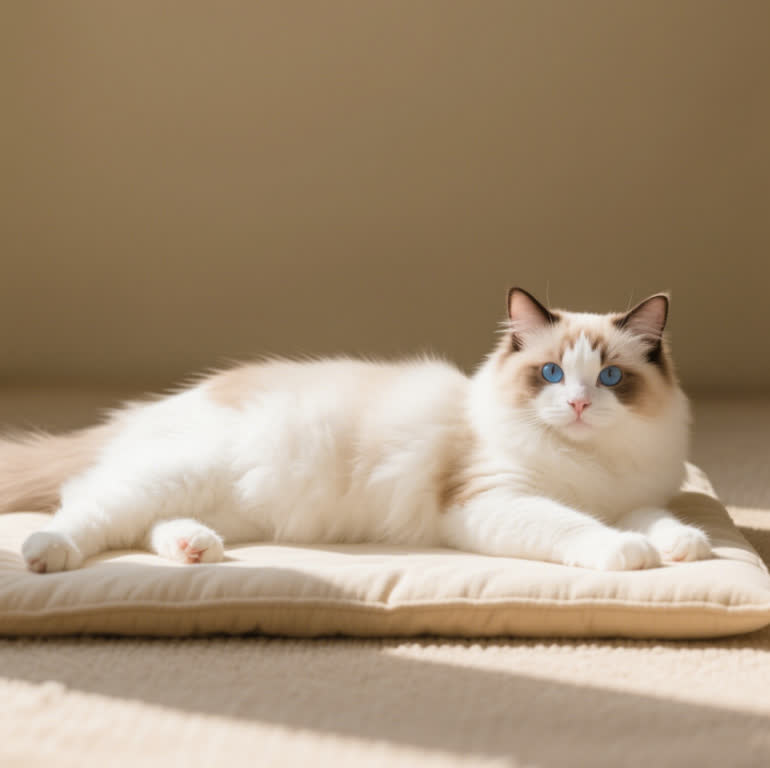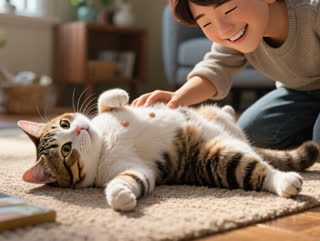Over 60% of American cat owners report their felines prefer sharing beds with humans. This behavior stems from evolutionary instincts and emotional bonds. Discover the science behind your cat's sleeping preferences while learning how to create a purr-fect sleep environment for both of you.
1. Seeking Warmth (The Thermoregulation Theory)
Science Behind It:
Cats have higher body temperatures (101-102.5°F) than humans
Your bed provides 20% more warmth than cat beds
Flat-faced breeds (Persians) particularly seek heat sources
Pro Tip: Place a heated pad at your feet if your cat disrupts your sleep.
2. Security in Numbers (The Pride Instinct)
Wild Ancestry Connection:
Descended from African wildcats that slept in groups
Your heartbeat mimics a mother cat's purring vibrations
78% of cats show reduced stress hormones when co-sleeping
Behavior Clue: Kneading before lying down signals contentment.
3. Scent Marking (The Ownership Claim)
Chemical Communication:
Facial glands deposit pheromones on your pillow
Shared sleeping spaces increase bonding hormones in both species
Multi-cat households often "time-share" human beds
Fun Fact: Your cat's scent on your sheets may reduce mouse infestations.
4. Protection Duty (The Night Watch Concept)
Predator-Prey Dynamic:
Cats naturally guard sleeping pack members
Most choose positions guarding your head/neck
43% alter sleep locations if household routines change
Safety Note: Never force co-sleeping with anxious or elderly cats.
5. Pure Love (The Attachment Factor)
Emotional Bond Evidence:
Cats mirror owners' sleep cycles within 2 weeks
Slow blinks before sleep signal trust
Rescue cats often become most clingy sleepers
Heartwarming Stat: Shelter cats adopted by seniors show 3x more co-sleeping behavior.
Optimizing Your Shared Sleep Space
Do's:
✔ Use breathable cotton bedding
✔ Maintain 68-72°F room temperature
✔ Establish consistent bedtime routines
Don'ts:
✖ Scented laundry detergents
✖ Restrictive blankets
✖ Sudden schedule changes
Whether your feline friend is a heat-seeking missile or a devoted guardian, understanding these behaviors strengthens your bond. Remember that some cats prefer proximity over direct contact—respect their preferences while enjoying these living, purring electric blankets!










